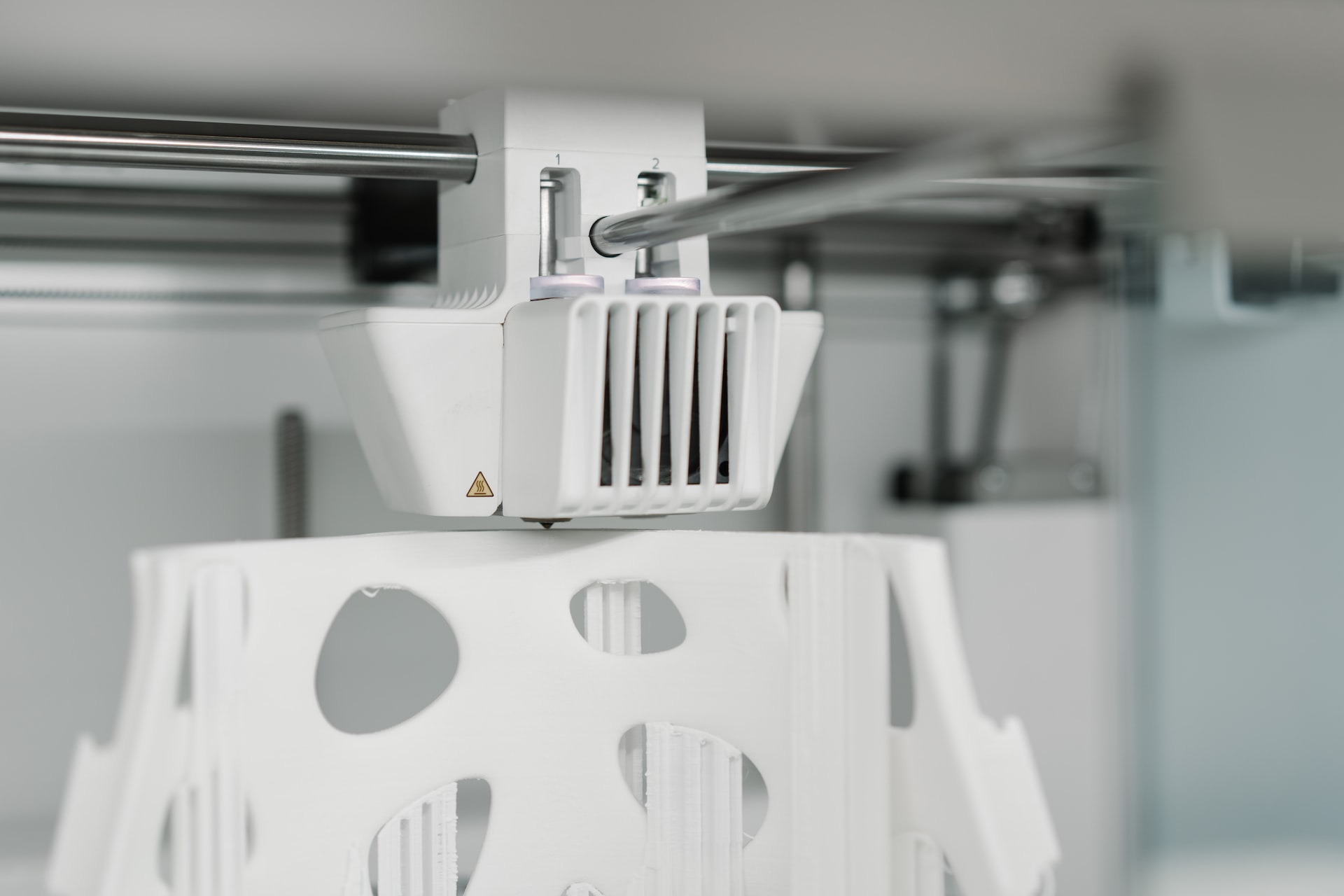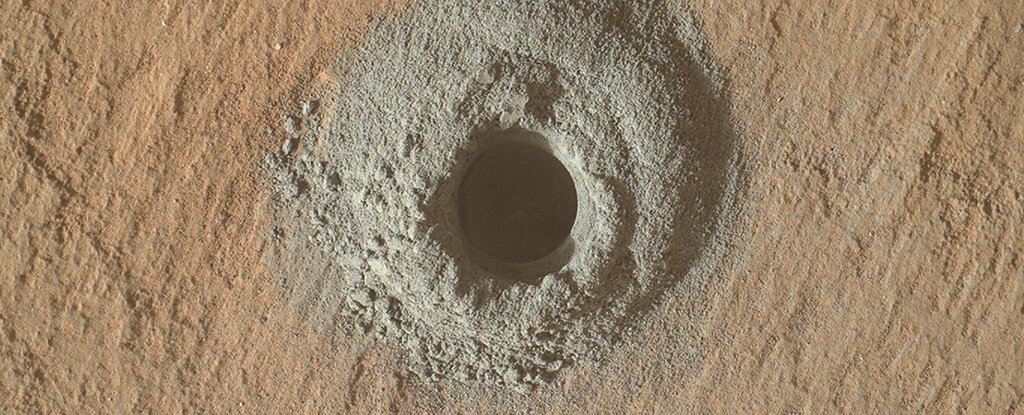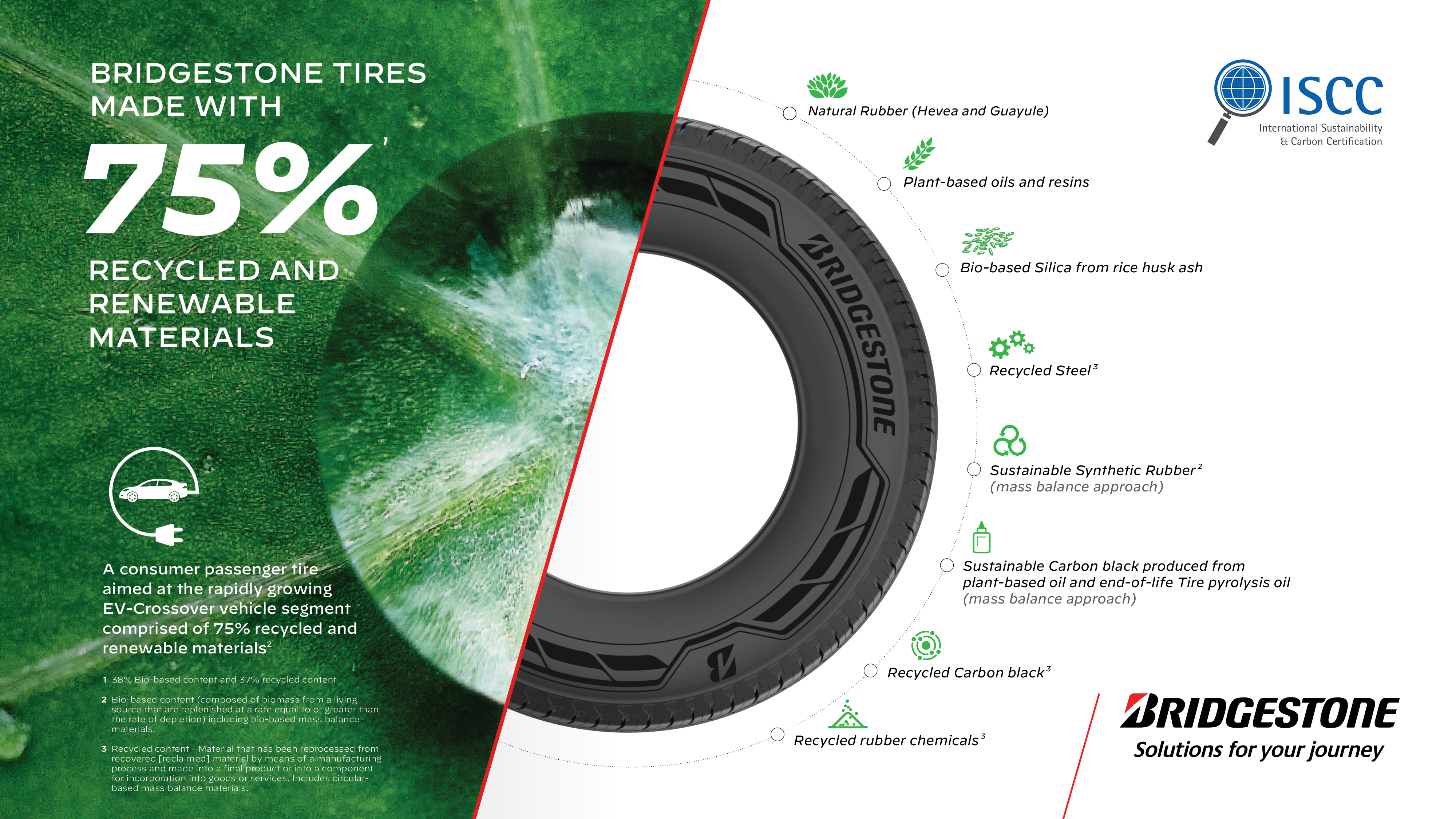Robots are starting to make a compelling case for widespread use in architecture and construction; their efficiency, once prototypes and generic designs have been created by humans, warrant a revision of widely accepted canons of architecture and construction processes.
Robots are building arches, walls, houses, skyscrapers, art and more while operating in factories or even from helicopters to assemble buildings in novel ways.
The following slideshow shows some well known construction projects. As projects become bigger and more expensive an argument can be made for the use of robots in some, if not most, architecture and building projects.
The use of robots in architecture has its origin with researchers such as Gramazio & Kohler Architecture, who use digital fabrication methods. There are over 25 architecture facilities around the world using robotic construction and business is picking up.
The Association for Robots in Architecture, made up of a network of industrial robot users worldwide, hosts events such as Rob/Arch which seeks to make industrial robots a tool of architects and artists as they consider the design of buildings.
Robots Can Be Cheaper And Safter
Robots are good at the fabrication of complex three-dimensional elements and do so at a significantly lower cost. As an example, 83 positive molds needed to build components of the Red Bull Arc (above) were created and milled by a robotic fabrication system.
Robotic Forming using Grasshopper and KUKA|prc from robotsinarchitecture on Vimeo.






